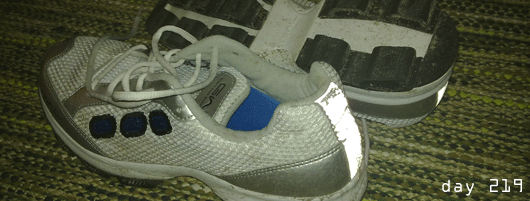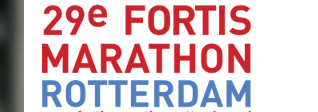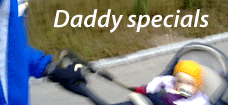
here’s part I of this shoe review.
well of course, it’s a running shoe, so you definitely can run with it. It’s however not recommended to to do other sports than running or walking with it. The glide’n lock system is not made for playing football or other ball games. I guess, the sideway forces could tear the shoe apart, or provide not sufficient stability. But that’s pretty much the same for conventional running shoes, too.
We had the GnL shoe out now a couple of times, altogether almost 50km on various undergrounds, snow, slush, wet tarmac, soft park pathways, gravel roads and on an indoor track. But the first time, that there was a recognizable difference to a conventional shoe was when stepping out the apartment door and walking down the stone stairs of our 7 floor residential building. You barely hear your steps. It reminds a bit of that cat video on GnL’s web page.
Out and running, on snow, well there’s not much to say, the GnL shoe is as good as a normal training shoe. On soft snow and thick slush it actually provides a better grip since the cushioning elements have gaps and with the snow or slush going between the elements that provides some additional grip. But that’s pretty much unintended and a trail running shoe is better at that. Another good thing with the GnL shoe in wintery/nordic spring weather is that you stand pretty high in it. Water doesn’t come in that easily. Only when a puddle or slush is deep enough that it reaches the mesh on the inner side of the shoe, some water enters that way. If the manufacturer would there add a 5mm rubber rim or so above the white foam part of the sole, the shoe would be quite water-repellent and optimized for the nordic late fall-winter-early spring season (which could stretch like this year over 4-5 months).
The major advantage of the GnL shoe comes out when running on tarmac. That’s where the cushioning system is really felt. Every step has this very little judder when the ovals hit the ground and squeeze together. You can feel it, but it’s not bothering. The shoe rolls well from its heel to its toe. And the push-off felt to me as in every normal running shoe. Although there’s this special cushioning system and quite some material between you foot and the ground, you still have a good feel for the ground surface beneath your feet.
On soft park ways and gravel roads, you still feel a little difference to conventional running shoes but the benefit is less. The shoe provides sufficient stability on uneven ground, however I would avoid areas with sharp rock formations, I’d think that could cut into the cushioning ovals. GnL says that you can still run with one broken element, but it’s at you own risk and I assume you’d feel that the cushioning effect is less (depending on your weight and running style, of course).
On the indoor track, it was nice to run in the GnL shoe. It makes sense for the long runs during winter months, where those long runs were partly done on a Mondo track, which turned out to be a bit demanding on the muscle fibers around the knee. There the cushioning and the protective effect is definitely an advantage. For intervals or longer tempo runs, I prefer racing flats, they’re just lighter and faster.
After all this running in the dirt, the shoes went into the washing machine. The manufacturer says you can do so. And clean they came out again. ![]()
My verdict: this is a great pair of training shoes that I will use a lot on my basic and longer runs on Finlands long and winding roads. As this project will require many more above 100km weeks, I value the extra protection for my joints and muscles and welcome a faster regeneration.
Tags: GNL Running System, new shoes








Leave a Reply
You must be logged in to post a comment.